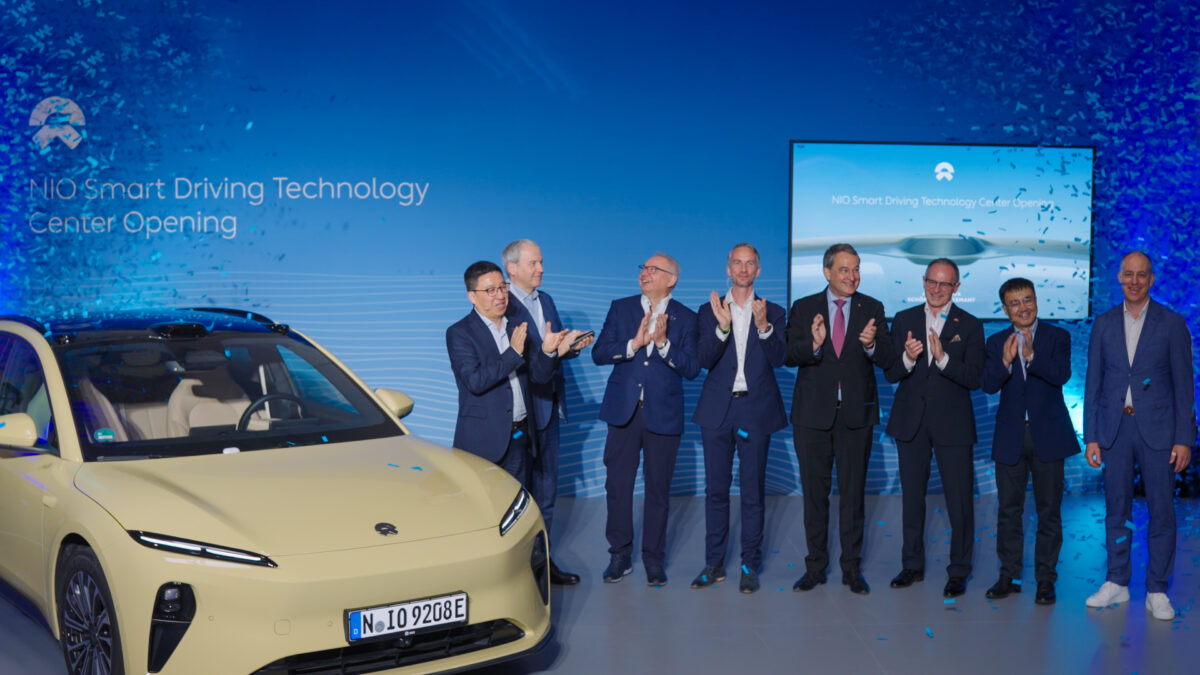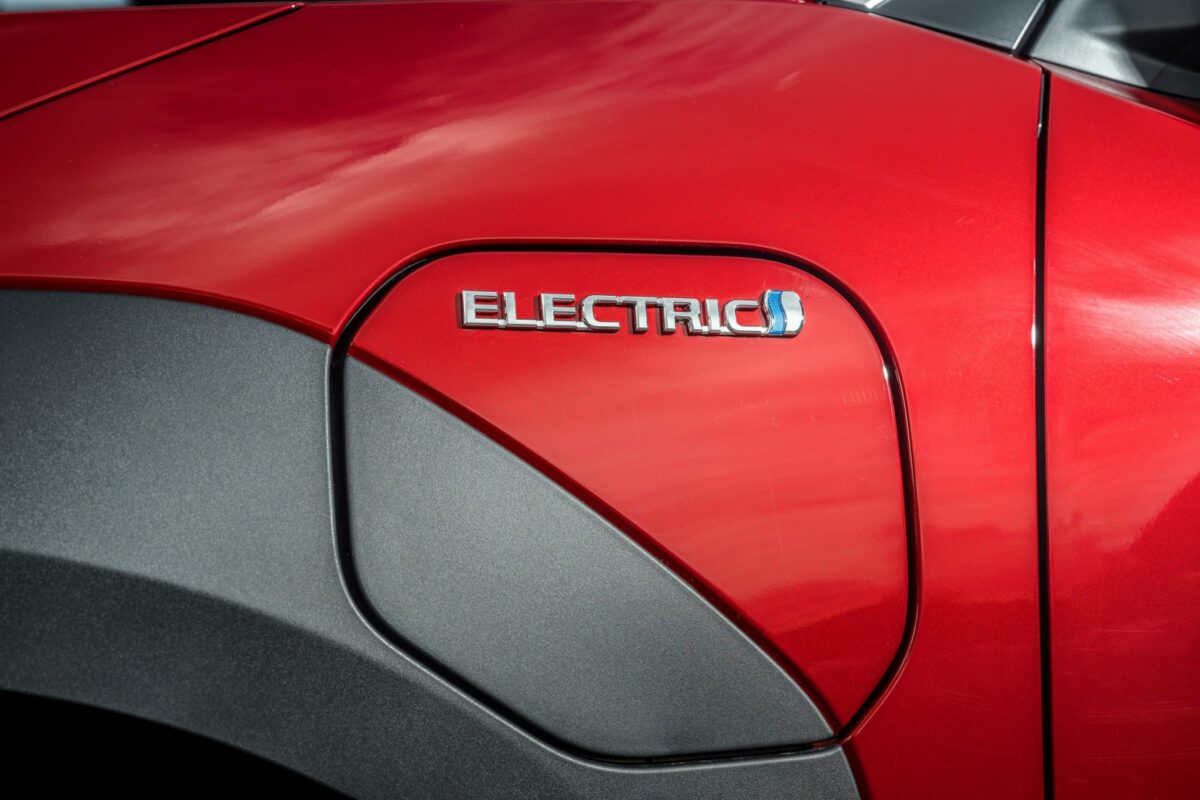The global car industry is having a torrid time. COVID hit demand hard with car buyers deferring purchase decisions. The global chip shortage has resulted in a choking of supply and drivers are struggling with the leap to electric, blaming range anxiety, charging availability and unproven re-sale values for their hesitancy.
The malaise runs deeper. In 2022 it’s really hard to buy a truly bad car and with many brands sharing platforms and engines there isn’t the functional distinctiveness in the market that there used to be. Most cars have four- or five-star NCAP safety awards. Reliability, once the big deciding factor in buying a practical car, has almost been eliminated as an issue. Now even the cheapest run-around is available with a three- or five-year warranty. Today we live in a word where Alfa Romeos refuse to rust, Fords have Aston Martin front profile looks and SUVs are offered by every manufacturer from Citroen to Lamborghini.
The lure of cost saving platform sharing and short-term badge engineering has proved too strong
This convergence of functional utility creates a real-world issue for car makers. A quick chat with dealers confirmed that many would-be buyers aren’t overly concerned by the car’s brand and instead have a shopping list of gizmos and goodies that they want included at a specific price point. Headrest screens? Hybrid drive train? Lane sensors? Aircon? Full connectivity and navigation? Check…it’s on the shortlist.
How did we get here? Car brands used to say something about the driver and carry an emotional draw that pulled you to one badge tribe over another. Of course, this is still true for certain premium and performance brands but in the mid-market I suggest no one has a clue what most brands stand for. The result—there’s no emotional jeopardy in switching between a Kia and a Mazda or a Peugeot and a Seat so we all just buy on looks and features.
A quick look at a few maker websites hammers the point home. Which car brand is ‘driven by inventiveness’? Seat or Skoda? It’s Skoda. Which brand is ‘Inspired by You’ and which Inspired by nature? Those would be Citroen and Kia. Is it Mazda or Jeep that believes in Great Adventures? Surprise, it’s Mazda. The march of once budget brands into the more profitable mid-market has resulted in a bloated marketplace with brands struggling to define clear emotional space for themselves.
There’s no emotional jeopardy in switching between a Kia and a Mazda or a Peugeot and a Seat so we all just buy on looks and features
It’s hard to think of another product category that has so underinvested in the maintenance and development of long-term brand values. The lure of cost saving platform sharing and short-term badge engineering has proved too strong.
There is hope. Citroen has issued a rallying call to ‘battle against boring’ looking for a specific tribe of owners who ‘want to stand out’. New EV brands such as Polestar and Genesis have invested heavily in brand meaning, knowing that an electric proposition alone isn’t going to be enough. It’s time the automotive industry as a whole recognised the power of affinity and started to plan for a more emotive future.
The opinions expressed here are those of the author and do not necessarily reflect the positions of Automotive World Ltd.
Simon Callender is Chief Strategy Officer at Initials
The Automotive World Comment column is open to automotive industry decision makers and influencers. If you would like to contribute a Comment article, please contact editorial@automotiveworld.com



